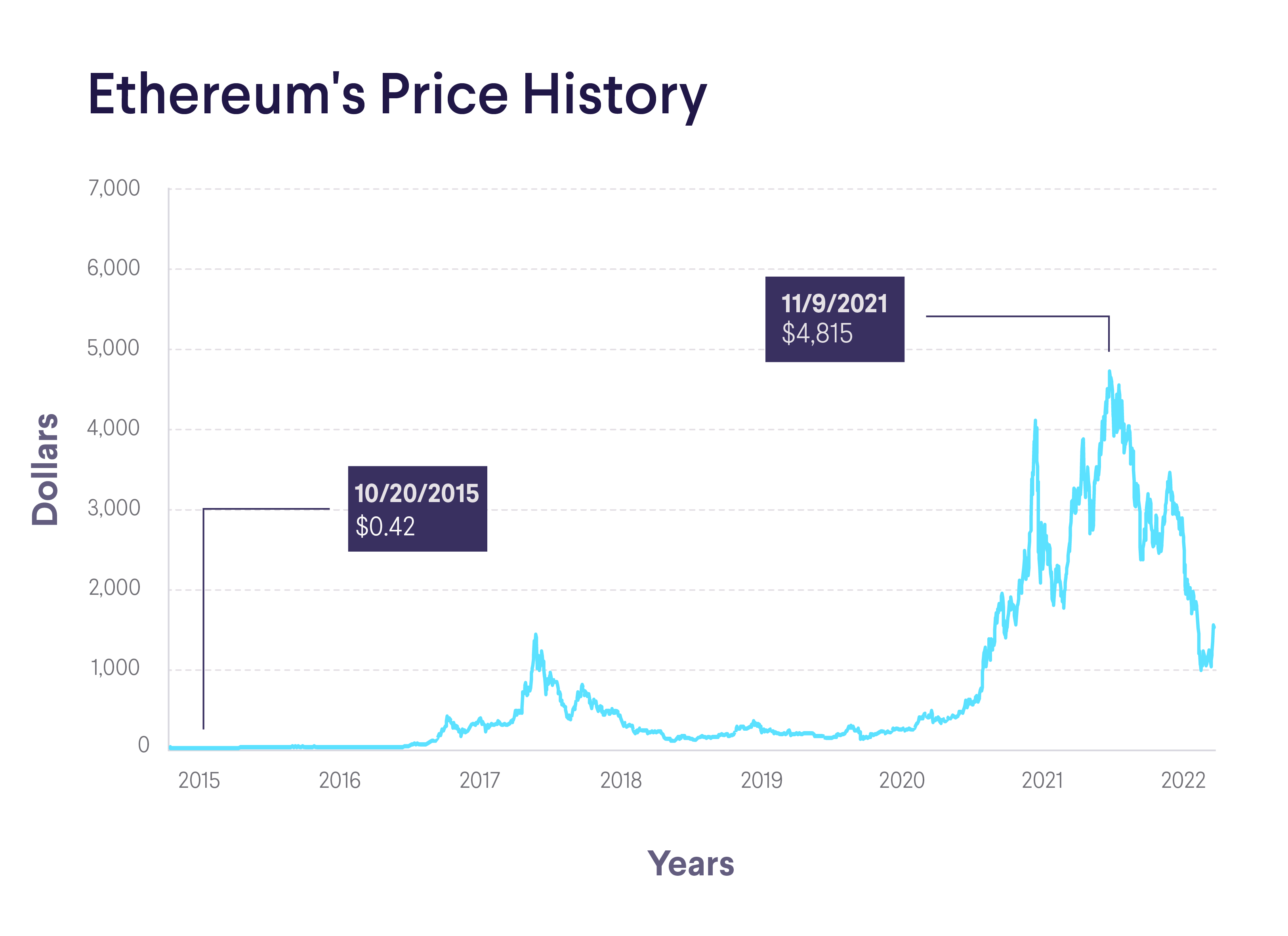Blockchain vs Distributed Ledger Technology (DLT), Explained
DLT vs. blockchain is an often-misunderstood topic. The terms blockchain vs. distributed ledger are often used interchangeably, but in fact blockchain technology is a subset of distributed ledger technology and they are not the same thing.
Blockchain represents a new type of distributed ledger technology (DLT) that can function without the need for third-party oversight. Peer-to-peer transactions can be verified in a decentralized way, just as they can with distributed ledger technology, but with blockchain the data is stored in blocks vs. a DLT system, which does not require a chain.
What Is Distributed Ledger Technology?
DLT is a kind of distributed database that stores information in multiple locations. Instead of a single server hosting all the information, DLT uses geographically distributed servers known as nodes to store data in different places at the same time.
Each node on the ledger processes and validates each piece of data, creating a record while establishing consensus on the validity of the dataset across all nodes.
The main characteristics of distributed ledger technology also apply to blockchains. DLTs are:
• Immutable
• Transparent
• Append-only
• Decentralized
That said, while a blockchain network is fully decentralized, with no central authority, a DLT may have some central oversight. Both systems are popular in finance, owing to the need for the speed and transparency decentralized systems can provide.
💡 Recommended: A Beginner’s Guide to Cryptocurrency
What Is a Blockchain?
A blockchain is a type of distributed ledger made up of a series of decentralized servers also known as nodes. The blockchain records information about transactions and groups them into blocks of data, which are validated by the network.
Each new block gets added to the one that came before it, forming a chain of blocks, giving rise to the term “blockchain.” All transactions and data are recorded with a unique cryptographic stamp or signature called a hash.
Blockchain was first created when the Bitcoin network went live in January 2009. Since then, new types of blockchains have been developed that have additional functionality. Many potential blockchain use cases are still being experimented with.
Understanding DLT vs. blockchain is key to understanding different types of crypto.
Blockchain vs DLT: Similarities and Differences
When it comes to the similarities and differences of blockchain vs. DLT, it’s important to understand that blockchain is a form of DLT — but not all distributed ledgers are blockchains.
How Data Is Stored
In a blockchain, records are stored in blocks or modules, after having been validated by the network. Each transaction is then given a cryptographic signature known as a hash, which is a random string of characters, which gets added to the block, forming a chain. Blocks become permanent once they’ve been added to the chain. To alter the information inside a block would require compromising the entire network.
Another one of the benefits of blockchain is that the vast majority of blockchains are also permissionless, meaning no one needs permission from a central authority to access the system. Distributed ledgers can be permissionless too, but because some DLTs can be centrally controlled, this may not always be the case.
Degrees of Decentralization
Blockchains are also decentralized to some degree, meaning they distribute their development and maintenance amongst multiple parties. There is no CEO of Bitcoin, for example, and the network is maintained by thousands of individuals around the world running their own full nodes.
Volunteer developers work on the code based on their own volition, and if the majority of nodes agree that a software update should be implemented, then it will be. Disagreement among nodes can lead to a hard fork, as occurred in 2017 with Bitcoin Cash.
Distributed ledgers, on the other hand, are owned, operated, and controlled by a single entity. This combined with the fact that distributed ledgers do not create cryptographic blocks and add them to a chain are the two main features that designate the difference between DLT vs. blockchain.
Similarities Between DLT vs Blockchain Technology
When considering a DLT vs. a blockchain, remember that both involve many of the same characteristics and functionality, including:
• A distributed ledger of data that’s transparent and immutable
• The use of geographically distributed servers known as nodes
• Some degree of decentralization
Both DLT and blockchain involve building and maintaining a distributed ledger. They both make use of servers called nodes that can be placed in many different locations around the world. And to a degree, both are decentralized, meaning there isn’t a single point of failure for the system (although DLTs may have a centralized owner vs. blockchains, which don’t).
Differences Between DLT vs. Blockchain Technology
While they are more similar than they are different, DLT and blockchains are not one in the same. Some of the ways the two differ from each other include:
• Blockchains use encryption
• Blockchains are fully transparent
• Blockchains group data into blocks, adding them to a chain
Some forms of DLT also use encryption and can be transparent. DLT can vary in its transparency, permissions, and use of encryption. Blockchains, on the other hand, are universally encrypted. They always group information into blocks, too.
| Blockchain vs. distributed ledger | |
|---|---|
| Similarities | Differences |
| Use of distributed nodes | DLT may or may not use encryption |
| Maintenance of a ledger | DLT does not use blocks |
| Some decentralization | DLT may be transparent or opaque |
Other DLTs Beside Blockchain
Since the invention of Bitcoin, quite a few variations of DLTs and blockchains have been created, as mentioned. Some forms of DLT behave much like blockchains, and were intended to mimic the tech in some ways, but can’t be classified as such.
Holochain
Holochain is an “open-source framework for creating microservices that run peer-to-peer applications on end-user devices” without the need for centralized servers, according to Holochain.org.
Holochain is intended to provide a way for people to run the type of applications that blockchains enable without needing a blockchain. Holochain provides tools that can enable users to:
• Authenticate users and manage their identities
• Enforce business rules and data integrity
• Control access to both public and private data
• Create a redundant, distributed database to store and retrieve data, and automatically react to security risks
• Application code deployment and updates for user devices
• Share participants’ workload in terms of resources
Hashgraph
Hashgraph has been popularized by Hedera Hashgraph (HBAR), a tech project backed by dozens of multinational corporations.
Hashgraph enables quick, low-cost transactions, allows for the implementation of smart contracts, and has the ability to scale better than most blockchains.
Direct Acyclic Graph (DAG)
DAG is the technology behind hashgraph. DAG stores transactions in a tree-like structure that resembles a graph, rather than a chain. Due to its efficiency in data storage — data can be recorded on top of each other, rather than appended in a sequence, allowing for more than 100,000 transactions per second.
The Takeaway
DLT can be thought of as blockchain’s predecessor. Blockchain is a new type of distributed ledger that uses encrypted blocks of data and collects them into an unbreakable chain.
There are also even newer types of DLT that have built off of blockchain’s advancements. In this sense, blockchain is just one important part of the natural evolution of distributed ledger technology.
FAQ
Is blockchain a digital ledger?
Yes, blockchain is a type of distributed ledger technology (DLT). While DLT came first, and the two share many of the same characteristics (including the validation of transactions through a decentralized system of nodes), blockchain is considered a more sophisticated form of DLT.
Is blockchain the only digital ledger?
No, blockchain is not the only type of DLT that exists. Holochain and DAG (direct acyclic graph) technology are two among several others.
Is bitcoin a digital ledger technology?
Not exactly. Bitcoin is the oldest and largest form of cryptocurrency, and it was also the first implementation of blockchain technology, which is a form of DLT.
Photo credit: iStock/LuckyStep48 INVESTMENTS ARE NOT FDIC INSURED • ARE NOT BANK GUARANTEED • MAY LOSE VALUE
SoFi Invest®
1) Automated Investing and advisory services are provided by SoFi Wealth LLC, an SEC-registered investment adviser (“SoFi Wealth“). Brokerage services are provided to SoFi Wealth LLC by SoFi Securities LLC.
2) Active Investing and brokerage services are provided by SoFi Securities LLC, Member FINRA (www.finra.org)/SIPC(www.sipc.org). Clearing and custody of all securities are provided by APEX Clearing Corporation.
For additional disclosures related to the SoFi Invest platforms described above please visit SoFi.com/legal.
Neither the Investment Advisor Representatives of SoFi Wealth, nor the Registered Representatives of SoFi Securities are compensated for the sale of any product or service sold through any SoFi Invest platform.
Crypto: Bitcoin and other cryptocurrencies aren’t endorsed or guaranteed by any government, are volatile, and involve a high degree of risk. Consumer protection and securities laws don’t regulate cryptocurrencies to the same degree as traditional brokerage and investment products. Research and knowledge are essential prerequisites before engaging with any cryptocurrency. US regulators, including FINRA , the SEC , and the CFPB , have issued public advisories concerning digital asset risk. Cryptocurrency purchases should not be made with funds drawn from financial products including student loans, personal loans, mortgage refinancing, savings, retirement funds or traditional investments. Limitations apply to trading certain crypto assets and may not be available to residents of all states.
2Terms and conditions apply. Earn a bonus (as described below) when you open a new SoFi Digital Assets LLC account and buy at least $50 worth of any cryptocurrency within 7 days. The offer only applies to new crypto accounts, is limited to one per person, and expires on December 31, 2023. Once conditions are met and the account is opened, you will receive your bonus within 7 days. SoFi reserves the right to change or terminate the offer at any time without notice.
First Trade Amount
Bonus Payout
Low
High
$50
$99.99
$10
$100
$499.99
$15
$500
$4,999.99
$50
$5,000+
$100
SOIN0622016





